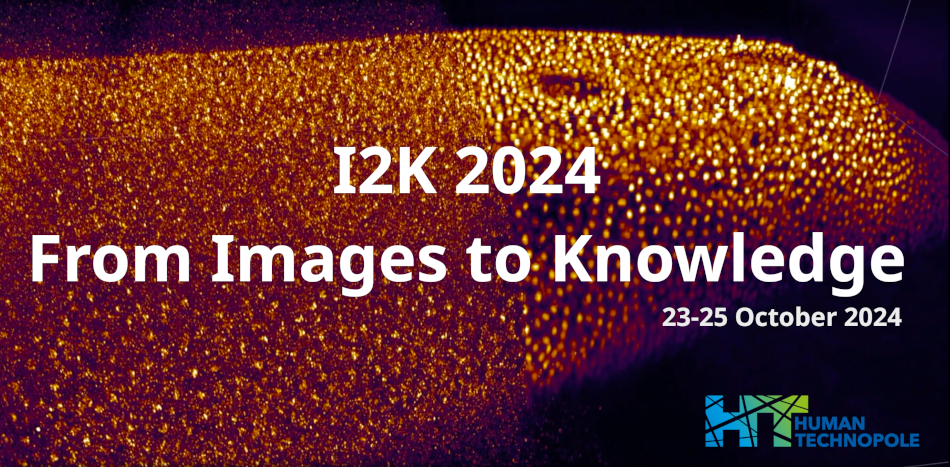Speaker
Description
"Cell division is a fundamental process in cell biology, which comprises two main phases: mitosis (nuclear division) and cytokinesis (cytoplasmic division). Despite extensive research over several decades, our understanding of cell division remains incomplete. One approach to investigate the role of specific genes in cytokinesis consists in inhibiting the genes in a cell line and to observe the resulting phenotype by life cell imaging. High Content Screening (HCS) allows to perform these loss-of-function experiments systematically under controlled conditions for a large number of genes.
By comparing the division times between experimental and control conditions, we can identify those genes whose down-regulation significantly influences cytokinesis and which are therefore bona fide candidates for follow-up studies. However, such comparisons are tedious and require extensive manual annotation by a trained biologist.
Here, we introduce Cut Detector, a tool for the automatic analysis of cell division timing from time-lapse microscopy images. Cut Detector employs an AI approach to carry out the tasks required to monitor cell division: cell segmentation, cell tracking, detection of cell division events and localization of microtubule bridges. The main methodological contribution is the detection of the microtubule cuts that defines an important step in cytokinesis and therefore needs to be identified with high accuracy and robustness.
Cut Detector is an open-source tool developed within the Napari framework, enabling immediate user adoption. By providing detailed summaries of cell division timings, Cut Detector facilitates large-scale analyses that would be impractical without automation."
| Authors | Thomas Bonte*, Stéphane Frémont, Tamara Advedissian, Murielle Serres, Rayane Dibsy, Arnaud Echard, Thomas Walter |
|---|---|
| Keywords | live-cell imaging , computational phenotyping , cytokinesis , High Content Screening , event detection , open-source software |

